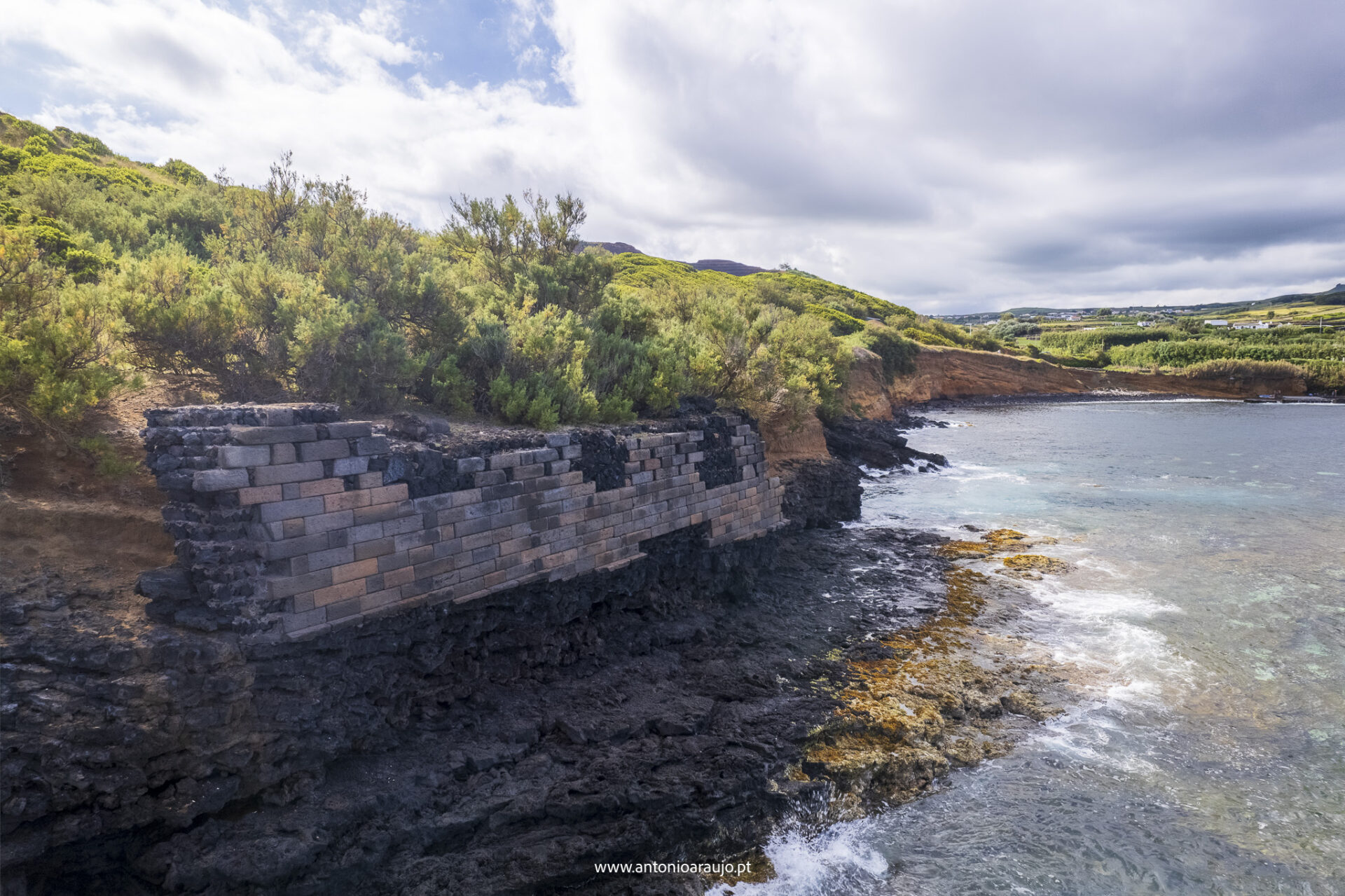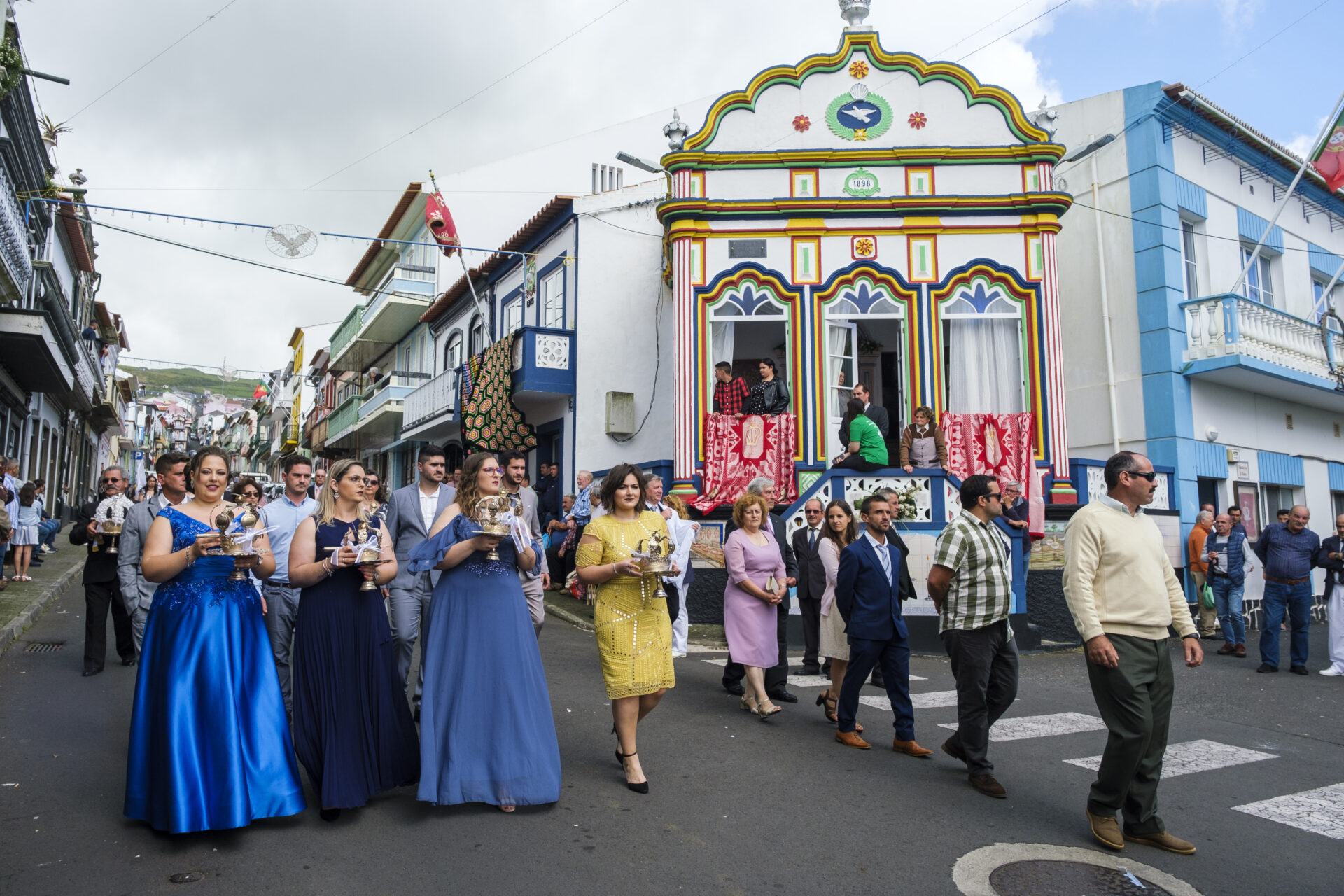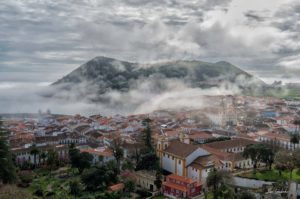
Commercia
Since the 16th century, Terceira has been an Atlantic center for the confluence of trade routes, that is why at the port of Angra arrived ships not only from distant places, but also from nearby islands.
Animated by many workshops of blacksmiths, locksmiths, carpenters, shoemakers and bricklayers, Gaspar Frutuoso praised the city of that time because in it “all the necessary things are in abundance, they are sold through the doors, and they are selling all over the city, much like in Lisbon , except wine and olive oil, which are only sold in taverns, and meat in butchers, with what it looks like, and is, a small Lisbon”.
Street vending, workshops/shops of different craftsmen and large storehouses of merchants linked to import and export were concentrated in the central streets of the city and closer to the pier, guaranteeing urban supply, but also the needs of the rural areas of the island and the disposal of their productions.
Download the brochure and go discovering

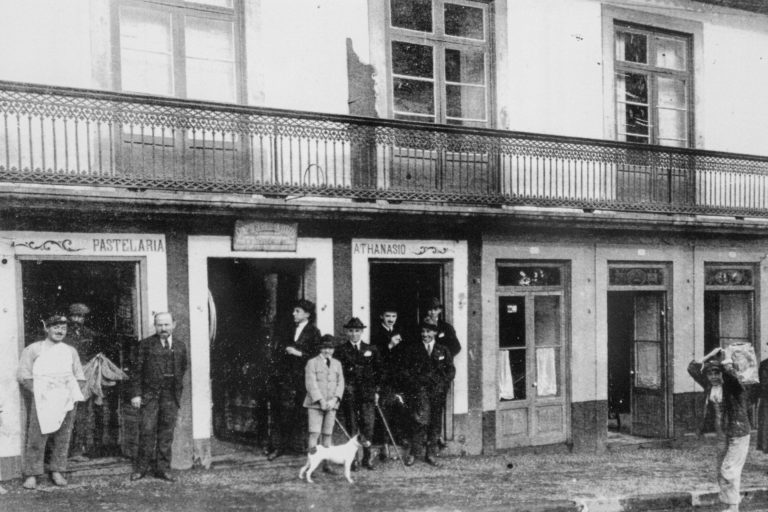
The commercial occupation of the downtown area continued until the 19th century, when the end of the civil war, the return of wealthy Brazilian emigrants, and the commercial and urban development itself gave way to the opening of new commercial spaces with more specialized typologies that spread over a wider area of the city: the taverns, cafes and pastry shops on the way to the “Páteo da Alfândega”, while the restaurants, taverns and eating places preferred the proximity of the port and the streets of “Sº Espírito” or “Canos Verdes”; couriers on the streets of “Palha” and “Rosa”; traditional wood wellies makers, potters and sausage shops on the streets of “Guarita” and “Galo”, hardware stores and farms where there were a clerk’s apprentice willing to become bosses.
Lisbon’s large department stores, such as “Armazéns do Chiado”, had branches in Angra, but local merchants were mainly betting on being representatives of national and foreign manufacturers and producers whose products they advertised in the advertising they made of their stores, and which also brought to the merchants on the city of “Praia da Vitória”, supplied weekly by a wagon that made the journey. In “Praia da Vitória”, the street where commerce is concentrated, even today, is the “Rua de Jesus”, a street that flanked the convent of the same name, and which opened from the square to square that marked the end of the village and was, also, one of its gates. Here commercial development changed much more slowly, and the turning point was the installation of the Air Base in 1941.
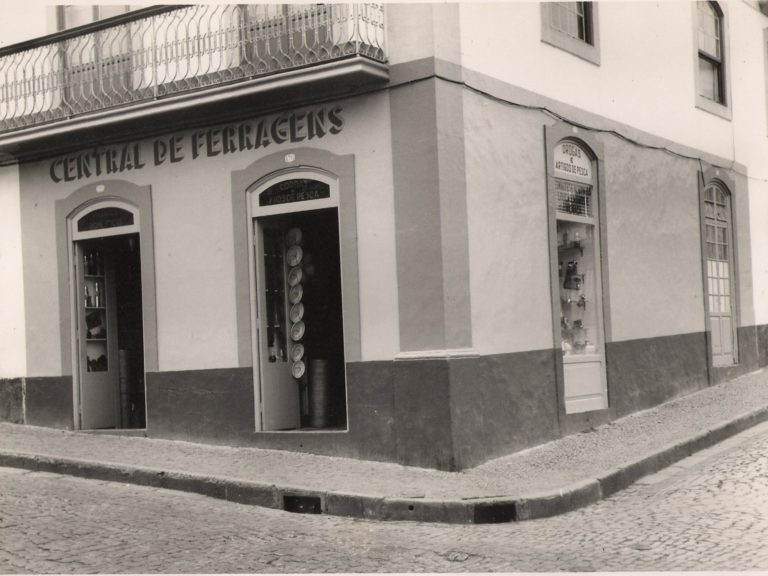
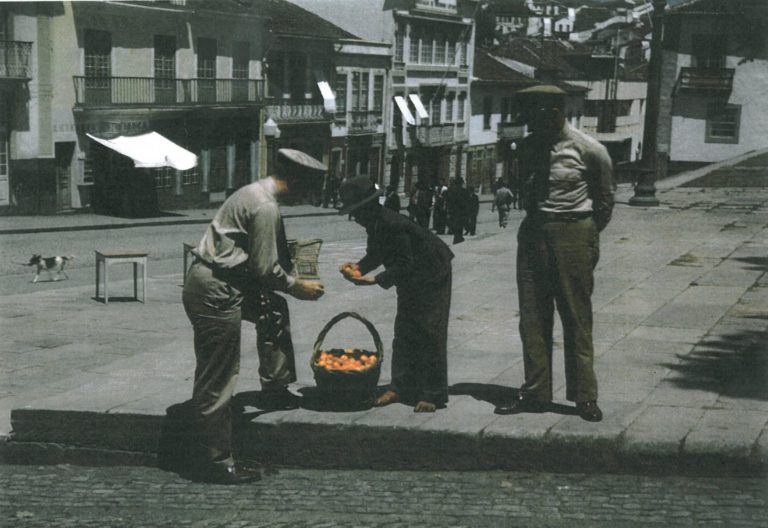
In any case, commercial activity both in urban centers and in rural parishes played a fundamental role in the transformation of the island, not only guaranteeing the sustainability and supply of the populations, but also by promoting leisure and sociability, through the revitalization and dynamization of areas that, for various reasons, were being abandoned and that, in this way, ended up being requalified, safe and attractive to new residentes.
Professionals who can guide you on this roadmap:
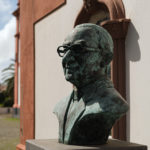
Filipe Rocha
Tourist guide
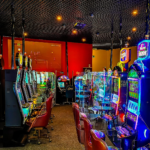
Azores Touch
www.azorestouch.com
915 275 997

Filipe Rocha
Tourist guide

Azores Touch
www.azorestouch.com
915 275 997
Share with Friends
Facebook
Twitter
LinkedIn
Email
